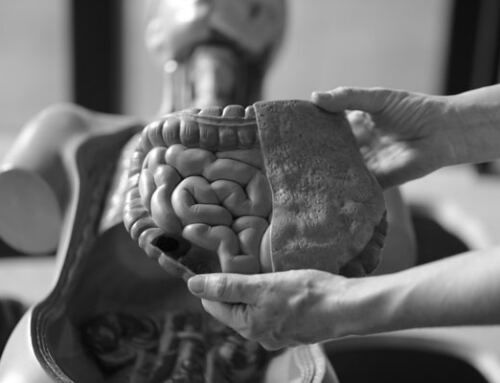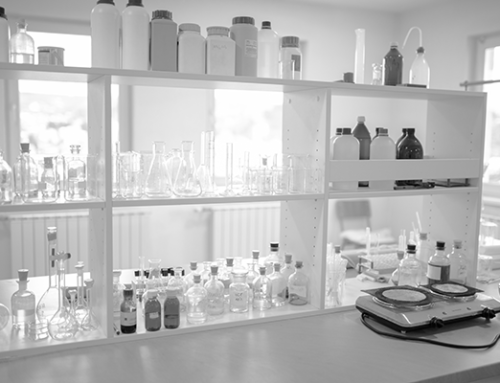Bioreactors are a cornerstone for current biotechnology and industrial microbiology and are fundamental in the synthesis and production of chemicals such as enzymes, vaccines, antibiotics, and proteins. At their very core, bioreactors are vessels designed to provide a controlled environment with the ideal conditions required for the cultivation and growth of microorganisms, cells, or enzymes. The design and operation of the bioreactors allow the optimization and control of culture conditions, such as pH, temperature, oxygen concentration, and nutrient supply, for the maximization of the quality and quantity of the desired product.
Although bioreactors have been put in the spotlight in the last few decades, we should remember that bioreactors have actually been used for the last 10000 years. However, it was not until the 1950s that bioreactors started gaining momentum in industries such as pharma and biotech. Since then, bioreactors have evolved significantly in design, scale, and applications, becoming indispensable tools for producing a wide range of biological products. In this blog, we will look at some different bioreactors and their applications.
Bioreactor designs
- Stirred-tank bioreactor (STR): STRs consist of a cylindrical vessel where an impeller agitates the fluids to achieve conditions as close to homogeneity as possible. STRs are highly versatile, and their applications include cultivating microbial, animal, and plant cells to produce proteins, vaccines, and biofuels. Stirred tank reactors were the first modern reactors to be developed, and their design continues to be optimized for efficiency, scalability, and product yield.

BioXplorer 100 – an example of a bioreactor operating in stirred-tank configuration
- Air-Lift Bioreactor (ALR): Similar to STRs, air-lift bioreactors are also designed as cylindrical vessels. The main difference is that instead of relying on impellers, air-lift bioreactors contain a draft tube and an aeration system, which will introduce air bubbles at the bottom of the reactors. As the air bubbles move upwards, they increase the oxygen transfer and mix in a loop. Air-lift bioreactors are used for shear-sensitive cells, such as animal cells, and low-density products (e.g. enzymes and metabolites). Other applications are water wastewater treatment and biofilm cultivation.
- Packed Bed Bioreactor (PBR): These types of bioreactors are designed as columns filled with solid support material, which could be pellets, fibers, or beads, which act as a support surface for microbial growth. The packed material allows the establishment of biofilms that will be fed fresh medium as it is pumped into the column. Packed bed bioreactors are routinely used to produce extracellular enzymes and pollutant removal from wastewater. The main advantage that this type of reactor posses is high productivity with low cost and simple operation.
- Membrane Bioreactor (MBR): bioreactors that combine biological treatment and membrane filtration into a single process. The membrane in the MBR filters out the biomass from the liquid culture medium, allowing clarification of the medium without the need for a secondary clarification step. MBRs are extensively used in wastewater treatment because they can remove pollutants, organic matter, and potential pathogens.
- Photo-bioreactor (PBRs): bioreactors are designed to provide the optimal environment for cells to proliferate. In the case of PBRs, this design takes a step forward to add light control to cultivate photosynthetic organisms, including cyanobacteria and microalgae. The optimal design of the PBRs allows them to produce large amounts of biomass used for animal feed. Also, advances in the genetic engineering of photosynthetic cells have produced strains specialized in synthesizing biofuels and pharmaceuticals.
- Perfusion bioreactor: perfusion bioreactors are designed to maintain continuous cell cultures and therefore are especially well suited for cultivating high-density cells, such as mammalian cells. In continuous reactors, part of the cell cultures is lost from the vessel as media is removed to allow the replenishment with fresh media. However, the use of hollow fibers or packed bed systems in perfusion bioreactors allows for the removal of the media, leaving the cell culture in the reactor. Perfusion bioreactors can be used for the growth of mammalian cells and tissues for the production of modified proteins.
Bridging the Past and the Future
For the last 10000 years, bioreactors have accompanied humans, first for their culinary applications, improving the preservation and organoleptic characteristics of edible products. Since the 1950s, the application of bioreactors in bioprocessing has expanded, ranging from the production of pharmaceuticals to biofuels. This broad range of applications has resulted in the design and optimization of specific types of bioreactors, each with unique advantages.
In recent years, the field of bioreactors design has changed and evolved. One trend in development is the utilization of single-use bioreactors, offering advantages, including reduced contamination risk, faster turnaround times, and reduced operating costs. Other trends are the development of modular systems, allowing an easier transition of parallel operation and scale-up. Overall, the future of bioreactor design is a fascinating field in which continuous developments and innovations are the driving force to enhance efficiency, scalability, and sustainability.








